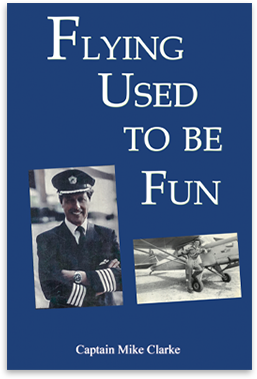
FATIGUE
When I obtained my first job as a qualified civilian
pilot, I joined a company called Dan Air. More of that in the book of course.
Dan was what used to be referred as a charter company. They, like many others
at the time, had no really established route structure. A few civilian jets
were flying then, but the vast majority of aircraft were either piston engined
or early turbo jets. (ie the turbo turned the propellor) Strict rules for
operating hours had yet to be put into effect. Crew numbers reflected the tasks
to be covered. This usually meant pilots, an engineer, navigator and radio
officer.
The industry’s problems that related to time on duty
depended on the length of the route to be flown. With a larger crew, on a long
sector there was a degree of flexibility as it was not unknown for the crews to
come to a suitable arrangement to take a form of cat nap whilst the others
covered for, and then took their turn. On a long haul the schedule would often
be flown from departure to destination in one hop. Following this landing
another crew might well take over should the aircraft return to base, and a
hotel would be available for those who might pick up another aircraft later. Of
course some schedules did require the first crews to land and then carry on to
a final destination before the hotel break. In this era aircraft were slower of
course and all sorts of variable stops would obviously occur if the final
destination was, say Australia or Japan. In practice it was unusual for a long
trip to involve more than two potential take offs or landings.
Short haul flying not infrequently means four or more
sectors, with the attendant increase in let downs in one day’s work. The short
haul crewing requirements with aircraft like the Dakota and Vikings required
two pilots. The turbo prop which followed needed three for aircraft like the
Electra and the Vanguard. When introduced, the easier BAC1-11 and the Boeing
737 also had a two crew operation, whilst the Trident needed three as did the
Boeing 727. Around the early sixties, accumulative fatigue problems were making
themselves felt and the first scientific survey was carried out by Dr Ruffell
Smith. He introduced a complicated formula based on crew member numbers and
their associated tasks from take off to touch down. It was hard to interpret
and was finally taken over by the Bader inquiry. Good as that was, it still
failed to be used properly, §1as the real impact of fatigue is very hard to
establish limits for.
Individual tiredness resulting in aircraft crashes is
often referred to at Courts of Inquiry, but although crash experts are
excellent at locating faults or failures within the aircraft itself or even the
failures of the operating crew to use the recommended procedures correctly,
they seldom, if ever, highlight the frequent excessive length of the duty day
for the usual two crew members. It still concerns operating pilots today and
comes up regularly in pilot debate. Of course, the reason not to address this
is that potential operating costs would increase with any officially
recommended change to the Status Quo. The problem has not gone away.
Post Views : 288